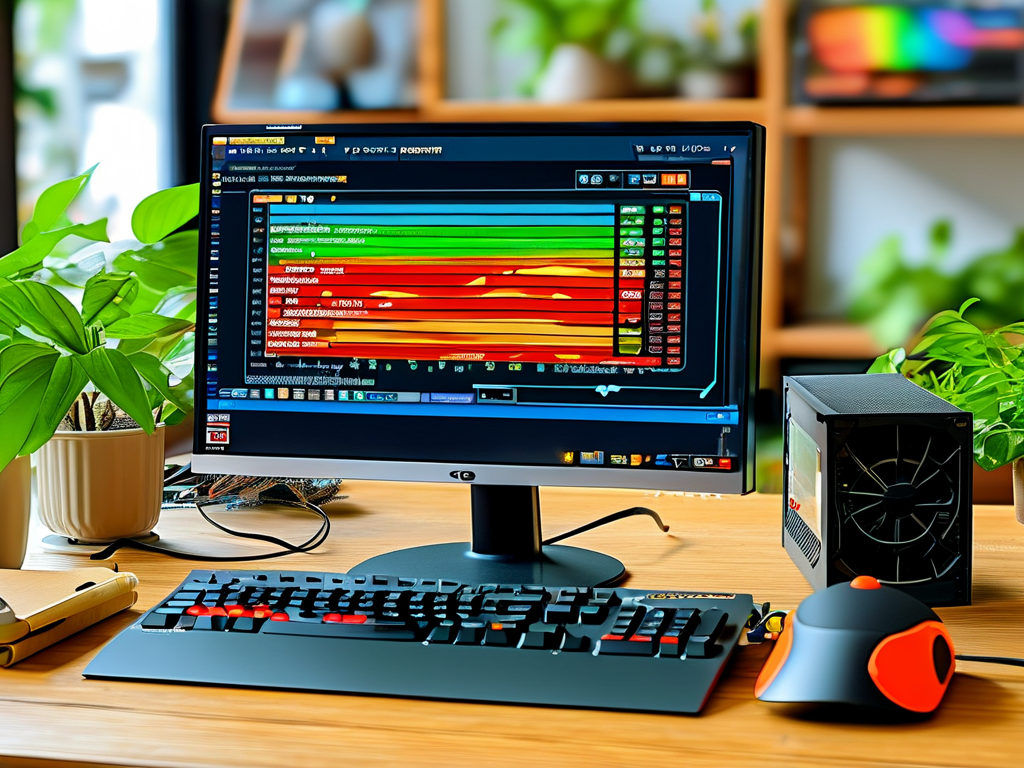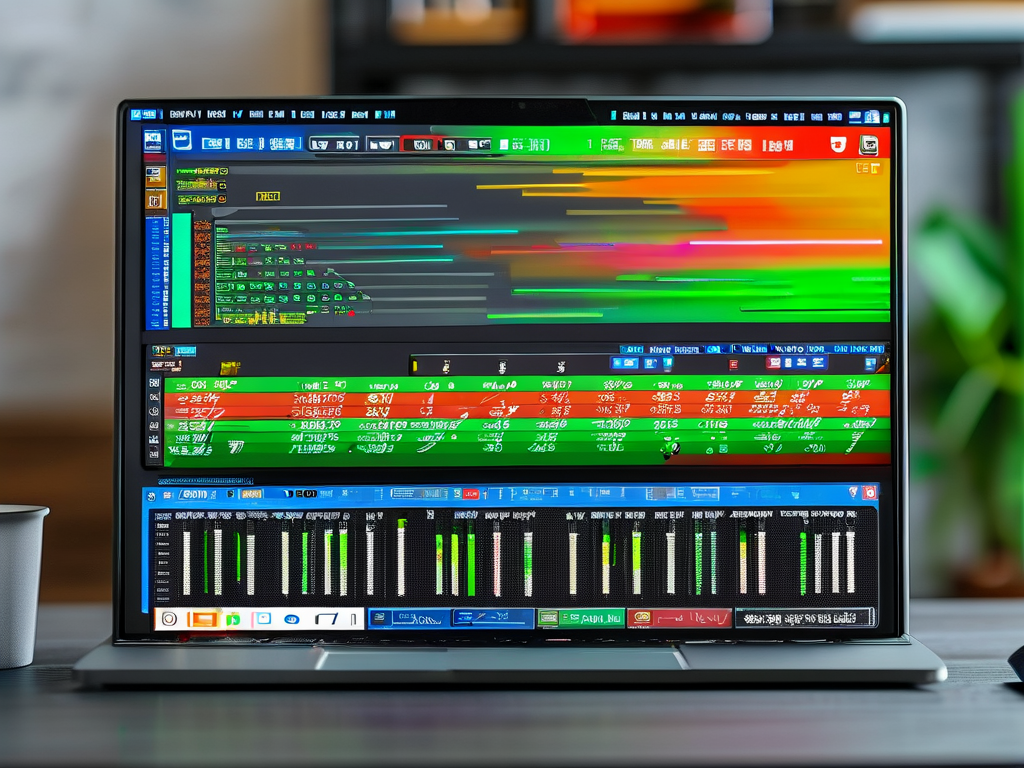Optimizing memory voltage is a critical step for enthusiasts and professionals seeking stable overclocking or energy-efficient computing. Specialized software simplifies this process by providing real-time monitoring, predictive calculations, and hardware compatibility insights. Below, we explore five leading tools designed to streamline voltage management while highlighting their unique features and limitations.
HWMonitor: Real-Time Monitoring Simplified
HWMonitor by CPUID remains a go-to solution for users prioritizing real-time voltage tracking. Its minimalist interface displays memory voltage alongside other critical metrics like temperature and clock speeds. While it lacks advanced calculation features, its compatibility with DDR4 and DDR5 modules makes it ideal for beginners. The software’s lightweight design ensures minimal resource consumption, though users seeking automated tuning recommendations may find it too basic.

Thaiphoon Burner: Deep Dive into SPD Data
For advanced users, Thaiphoon Burner offers unparalleled access to Serial Presence Detect (SPD) data stored on memory modules. This tool decodes manufacturer specifications, including default voltage ranges and XMP profiles. While it doesn’t calculate voltages directly, its detailed reporting helps manually determine safe overclocking thresholds. Note that its steep learning curve and lack of intuitive guides might frustrate casual users.
Ryzen DRAM Calculator: Tailored for AMD Systems
AMD users often gravitate toward Ryzen DRAM Calculator, a niche tool optimized for Ryzen processors and DDR4 memory. By inputting memory chip details (e.g., Samsung B-die or Micron E-die), the software generates voltage and timing presets. Its algorithm balances performance gains with thermal safety, though compatibility issues with non-AMD setups limit its versatility. Community forums provide valuable user-generated profiles to supplement its database.
AIDA64 Extreme: Comprehensive Diagnostics
AIDA64 Extreme combines voltage monitoring with stress-testing capabilities, making it a dual-purpose tool for stability validation. Its “System Stability Test” module tracks voltage fluctuations under load, helping identify instability caused by aggressive overclocks. The software supports custom alerts for voltage thresholds, though its subscription-based pricing deters budget-conscious users.

MemTest86: Voltage Validation Through Stress Testing
Unlike real-time monitors, MemTest86 focuses on post-configuration validation. By running extensive memory tests at boot-up, it detects errors stemming from insufficient or unstable voltages. While not a calculation tool per se, its ability to pinpoint voltage-related instability makes it a valuable companion to other software. The free version suffices for most users, though enterprise environments may benefit from its Pro edition’s advanced reporting.
Choosing the Right Tool
Selecting software depends on specific needs:
- Beginners should prioritize user-friendly interfaces like HWMonitor.
- Overclockers benefit from Ryzen DRAM Calculator’s presets or Thaiphoon Burner’s SPD insights.
- Professionals may require AIDA64’s diagnostic depth or MemTest86’s validation rigor.
Always cross-reference software recommendations with hardware manufacturer guidelines to avoid damaging components. For instance, pushing DDR4 modules beyond 1.5V without proper cooling risks permanent degradation. Similarly, undervolting too aggressively can cause boot failures.
Final Thoughts
Memory voltage calculation tools bridge the gap between hardware potential and user expertise. Whether fine-tuning a gaming rig or optimizing a workstation, these applications reduce guesswork while enhancing system reliability. As DDR5 adoption grows, expect future tools to integrate AI-driven voltage predictions and broader cross-platform support. Until then, combining monitoring and testing software remains the safest path to achieving performance milestones.




